Home>Gardening & Outdoor>Pool & Spa Care>How To Find A Hole In An Inflatable Hot Tub


Pool & Spa Care
How To Find A Hole In An Inflatable Hot Tub
Modified: January 3, 2024
Learn how to easily find and fix a hole in your inflatable hot tub with our expert pool and spa care tips. Keep your hot tub in top condition!
(Many of the links in this article redirect to a specific reviewed product. Your purchase of these products through affiliate links helps to generate commission for Storables.com, at no extra cost. Learn more)
Introduction
Owning an inflatable hot tub can be a delightful way to unwind and relax in the comfort of your own backyard. However, like any inflatable item, hot tubs are susceptible to wear and tear over time. One common issue that hot tub owners may encounter is a puncture or hole in the tub, which can lead to air leakage and a deflated tub.
In this comprehensive guide, we will explore the essential steps to identifying and repairing a hole in an inflatable hot tub. By following these simple yet effective methods, you can prolong the lifespan of your hot tub and continue to enjoy its soothing benefits for years to come.
Whether you suspect a leak due to a gradual loss of air pressure or have noticed a visible tear, this article will equip you with the knowledge and techniques to pinpoint the location of the hole and implement the necessary repairs. From visually inspecting the tub for damage to utilizing soapy water to detect elusive leaks, we will cover all the vital aspects of hole detection and repair.
By the end of this guide, you will feel empowered to tackle any potential leaks in your inflatable hot tub with confidence and precision. Let's dive into the process of identifying and remedying a hole in an inflatable hot tub, ensuring that you can continue to indulge in luxurious relaxation without interruption.
Key Takeaways:
- Regularly inspect your inflatable hot tub for visible damage like tears, punctures, or abrasions. This can help you catch and repair small issues before they become major problems, keeping your hot tub in top condition for longer.
- If you suspect a leak in your hot tub, use a soapy water solution to find the exact location of the hole. This simple method can help you pinpoint the leak and make targeted repairs, ensuring your hot tub stays fully functional.
Read more: How To Find Leak In Inflatable Hot Tub
Checking for Visible Damage
Before delving into more advanced leak-detection methods, it’s crucial to conduct a thorough visual inspection of your inflatable hot tub. Begin by inflating the tub to its recommended capacity, ensuring that it is fully pressurized. Once inflated, carefully examine the exterior surface for any visible signs of damage, such as tears, punctures, or abrasions. Pay close attention to areas that are in frequent contact with the ground or surrounding objects, as these are more susceptible to wear and tear.
Inspect the bottom of the hot tub, as well as the sides and top, scanning for any irregularities or imperfections. A tear may appear as a noticeable gap in the material, while a puncture could manifest as a small, distinct hole. Additionally, keep an eye out for abrasions that may have resulted from friction against rough surfaces. These visual cues can provide valuable insights into the location and nature of the damage, laying the groundwork for effective repair strategies.
It’s essential to approach this inspection process meticulously, as even minor damage can lead to significant air leakage over time. By identifying and addressing visible issues promptly, you can prevent further deterioration and maintain the structural integrity of your hot tub.
Furthermore, be mindful of any potential causes of damage, such as sharp objects, pet claws, or rough terrain. By mitigating these risk factors and implementing protective measures, such as placing a durable ground cover beneath the hot tub, you can minimize the likelihood of future damage.
While a visual inspection can provide valuable insights, it may not always uncover subtle or hidden leaks. In the next section, we will explore a simple yet effective method for detecting elusive leaks using soapy water, allowing you to pinpoint the exact location of the hole with precision.
Using Soapy Water to Detect Leaks
When a puncture or hole in an inflatable hot tub is not immediately visible, employing a soapy water solution can be an effective way to pinpoint elusive leaks. This straightforward method capitalizes on the principle of bubble formation, which occurs when air escapes from the tub and interacts with the soapy water.
To begin, prepare a solution of mild dish soap and water in a spray bottle or container. Ensure that the mixture is adequately diluted, as overly concentrated soap solutions may leave a residue on the hot tub’s surface. With the soapy water at the ready, proceed to the inflated hot tub and systematically spray or apply the solution across its entire exterior.
As you coat the surface with the soapy water, pay close attention to any areas where air leakage is suspected. This may include regions that have exhibited a gradual loss of air pressure or spots that are prone to wear and tear. As the soapy water comes into contact with a leak, it will form small bubbles at the site of the escaping air, making the location of the hole readily apparent.
Take your time during this process, ensuring thorough coverage of the hot tub’s surface and observing any bubble formation closely. It’s important to conduct this procedure in a well-lit area, as the presence of bubbles may be more discernible under adequate lighting conditions.
By systematically applying the soapy water and identifying areas of bubble formation, you can effectively zero in on the precise location of the leak. This targeted approach streamlines the repair process, allowing you to focus your efforts on the specific area requiring attention.
Once the location of the hole has been identified using the soapy water method, you can proceed to the next step: inspecting the valve and seams for potential sources of leakage. This comprehensive approach will enable you to address any underlying issues and implement the necessary repairs with confidence.
To find a hole in an inflatable hot tub, inflate the tub and fill it with water. Look for bubbles forming on the surface, then mark the area and dry it completely before patching.
Inspecting the Valve and Seams
After identifying the location of a leak using the soapy water method, it’s essential to conduct a focused examination of the hot tub’s valve and seams. These areas are common culprits for air leakage and warrant close attention during the inspection process.
Begin by inspecting the valve, which serves as the entry point for inflating the hot tub. Check for any signs of damage or wear around the valve, including cracks, tears, or compromised seals. Even minor irregularities in this area can lead to air leakage, impacting the overall stability and inflation of the tub.
Next, direct your attention to the seams of the hot tub, where the material is joined together. Carefully examine the entire perimeter of the tub, scrutinizing the seams for any indications of separation, tearing, or weakened bonding. These vulnerable areas are prone to stress during use and may develop leaks over time, particularly if the hot tub has been subjected to frequent inflation and deflation.
As you inspect the valve and seams, take note of any anomalies or areas of concern. It’s essential to approach this process with a keen eye for detail, as even subtle damage to these critical components can compromise the hot tub’s structural integrity and air retention capabilities.
In the event that you detect damage around the valve or seams, it’s crucial to address these issues promptly to prevent further air leakage. Depending on the nature and extent of the damage, repairs may involve applying a specialized adhesive, patching material, or sealant designed for inflatable materials. By attending to these vulnerable areas with precision and care, you can fortify the hot tub against future leaks and ensure its long-term functionality.
Once any necessary repairs to the valve and seams have been completed, it’s advisable to conduct a final inflation test and soapy water inspection to verify the effectiveness of the remedial measures. This comprehensive approach will instill confidence in the tub’s structural integrity and airtightness, allowing you to enjoy uninterrupted relaxation in your rejuvenated hot tub.
Repairing the Hole
Upon successfully identifying the location of a hole or leak in your inflatable hot tub, the next crucial step is to execute the necessary repairs with precision and care. The specific approach to repairing the hole will depend on the size, nature, and location of the damage, as well as the materials provided in the hot tub repair kit.
If the hole is small and confined to a single area, it may be effectively remedied using a patching material or adhesive included in the hot tub repair kit. Begin by thoroughly cleaning and drying the area surrounding the hole to ensure optimal adhesion of the repair materials. Trim any loose threads or protruding material around the damaged area to create a smooth surface for the patch or adhesive to adhere to.
Following the instructions provided with the repair kit, apply the patching material or adhesive to the designated area, carefully sealing the hole and creating a secure bond with the hot tub’s surface. It’s essential to follow the recommended application and curing times specified by the manufacturer to achieve a durable and airtight repair.
For larger or more complex damage, such as extensive tears or multiple punctures in close proximity, the repair process may involve utilizing specialized sealants or multi-piece patching materials. These solutions are designed to accommodate a broader area of damage and provide comprehensive reinforcement to the affected regions.
As you proceed with the repair, ensure that the hot tub is fully deflated to facilitate unhindered access to the damaged area and prevent air pressure from interfering with the application of the repair materials. Exercise patience and precision throughout the repair process, as meticulous attention to detail will contribute to the effectiveness and longevity of the remedial measures.
Once the repair has been completed according to the manufacturer’s guidelines, allow sufficient time for the patching material or adhesive to cure and form a secure bond with the hot tub’s surface. Subsequently, conduct a thorough inflation test and soapy water inspection to verify the integrity of the repair and confirm that the leak has been successfully addressed.
By approaching the repair process with diligence and adherence to best practices, you can restore your inflatable hot tub to optimal functionality and enjoy uninterrupted relaxation in a rejuvenated and airtight tub.
Read more: How To Inflate SaluSpa Inflatable Hot Tub
Conclusion
Successfully identifying and repairing a hole in an inflatable hot tub is a rewarding endeavor that empowers you to safeguard and prolong the lifespan of this cherished relaxation accessory. By employing a systematic approach that encompasses visual inspection, soapy water leak detection, and targeted repair techniques, you can effectively address any air leaks and maintain the structural integrity of your hot tub.
It’s important to approach hot tub maintenance with attentiveness and proactive care, as this can prevent minor issues from escalating into more significant problems. Regular inspections, coupled with protective measures such as placing the hot tub on a durable ground cover and minimizing exposure to potential sources of damage, can contribute to the long-term durability of the tub.
Furthermore, being equipped with a high-quality hot tub repair kit and familiarizing yourself with its contents and usage instructions will enable you to respond promptly to any detected leaks, minimizing downtime and ensuring uninterrupted enjoyment of your hot tub.
As you navigate the process of hole detection and repair, remember that thoroughness and precision are key to achieving lasting results. Taking the time to meticulously inspect the hot tub, pinpoint the location of the leak, and execute the necessary repairs will yield a rejuvenated hot tub that is primed for continued relaxation and enjoyment.
By integrating these essential maintenance practices into your hot tub care routine, you can cultivate a stress-free and rejuvenating oasis in your own backyard, where you can unwind and recharge amidst the soothing embrace of your fully functional and airtight inflatable hot tub.
With a proactive approach to maintenance and a keen eye for detail, you can ensure that your hot tub remains a reliable and enduring source of relaxation, allowing you to bask in its rejuvenating benefits for years to come.
Frequently Asked Questions about How To Find A Hole In An Inflatable Hot Tub
Was this page helpful?
At Storables.com, we guarantee accurate and reliable information. Our content, validated by Expert Board Contributors, is crafted following stringent Editorial Policies. We're committed to providing you with well-researched, expert-backed insights for all your informational needs.
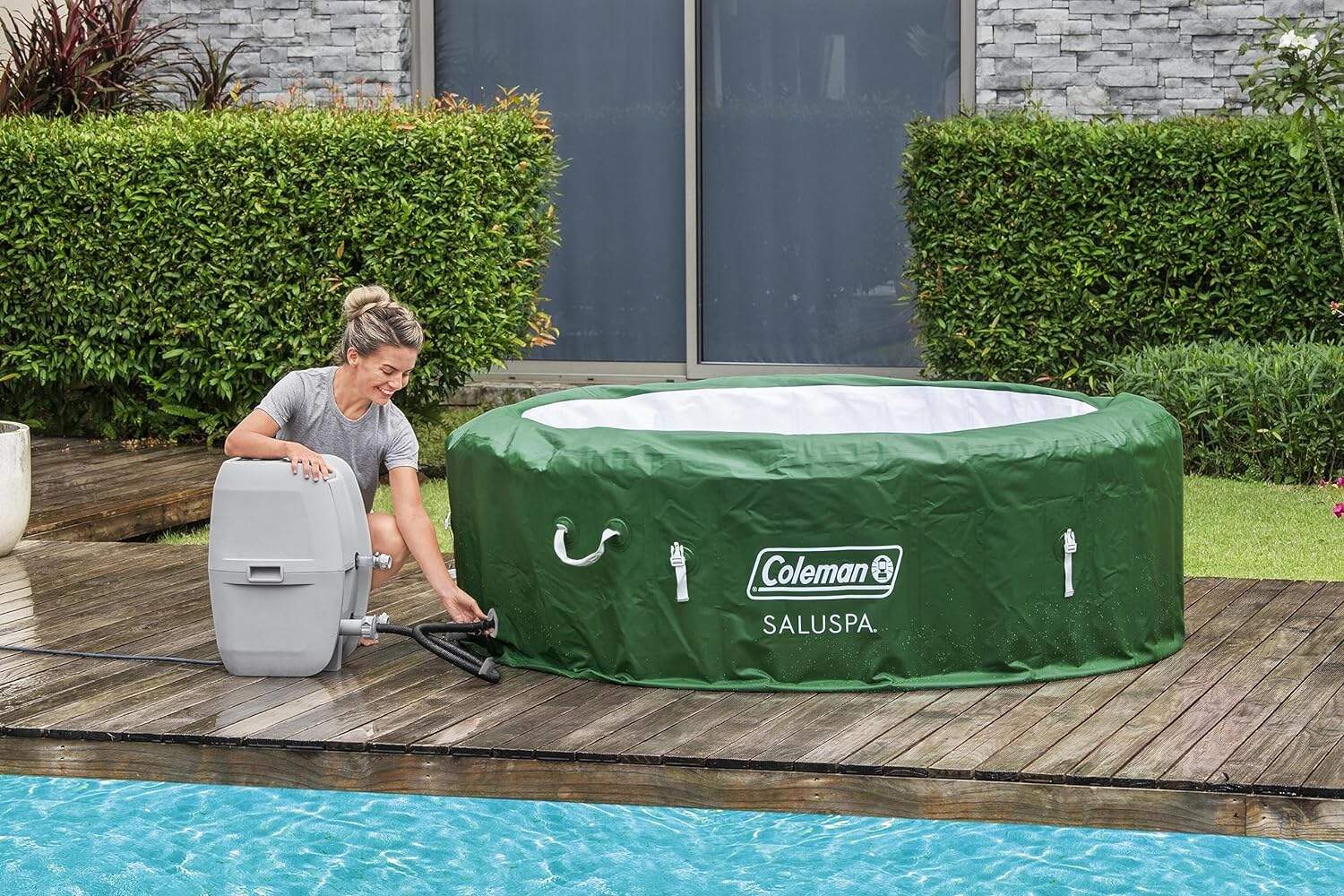

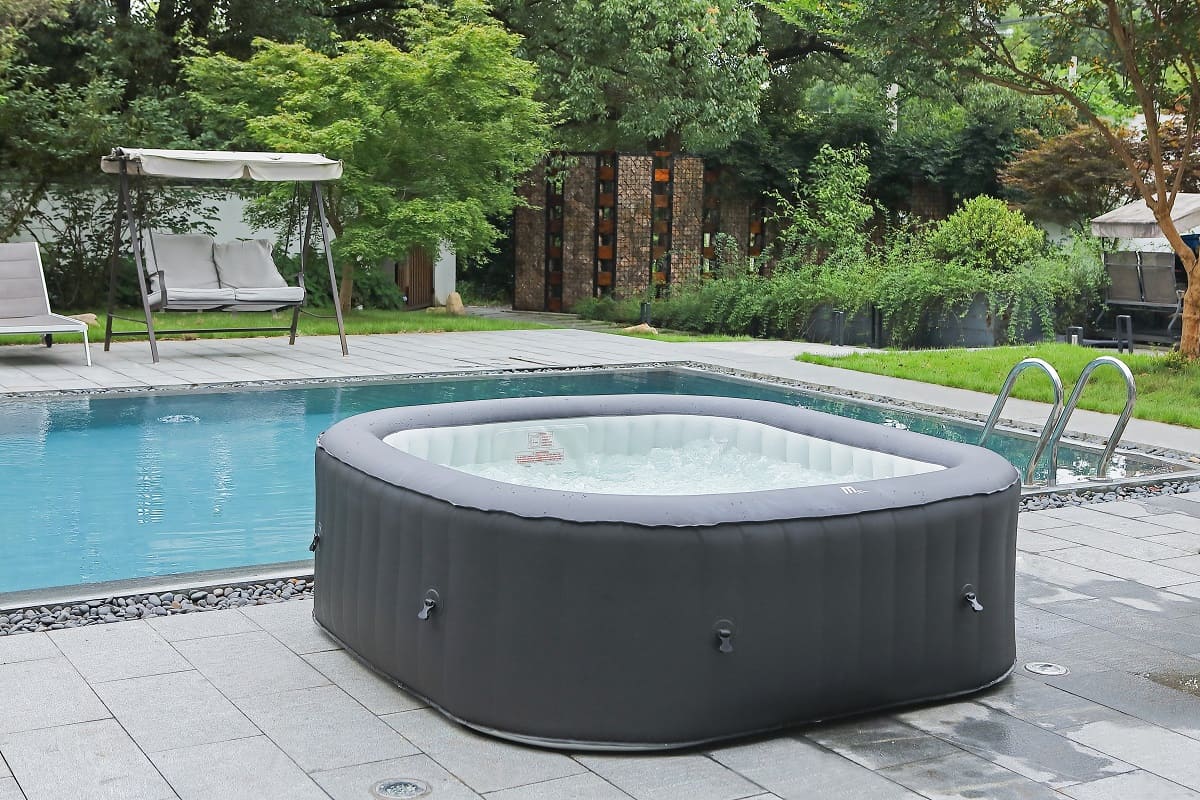
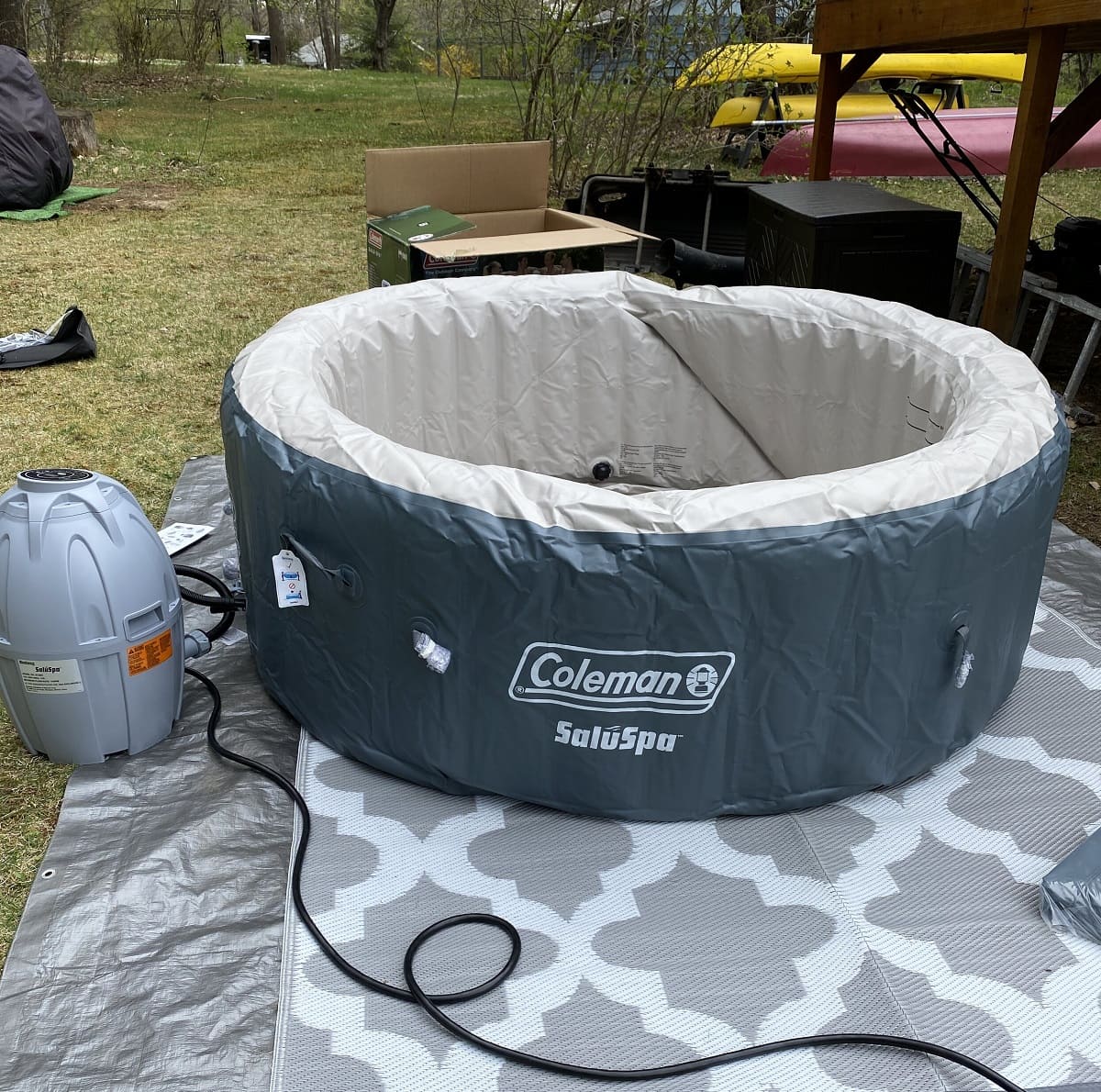
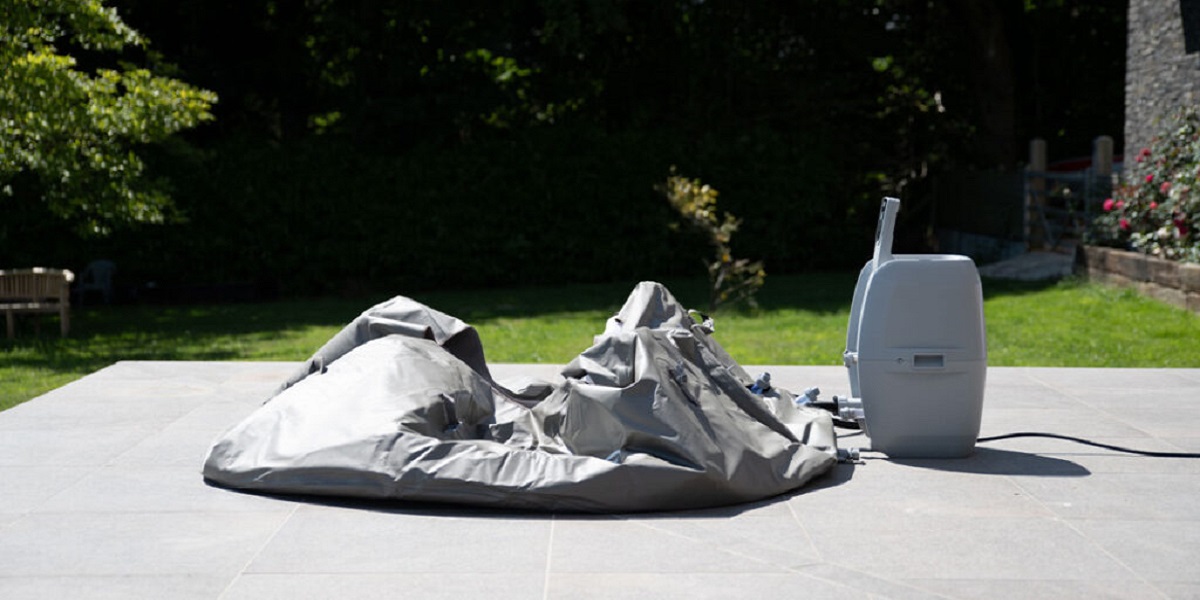
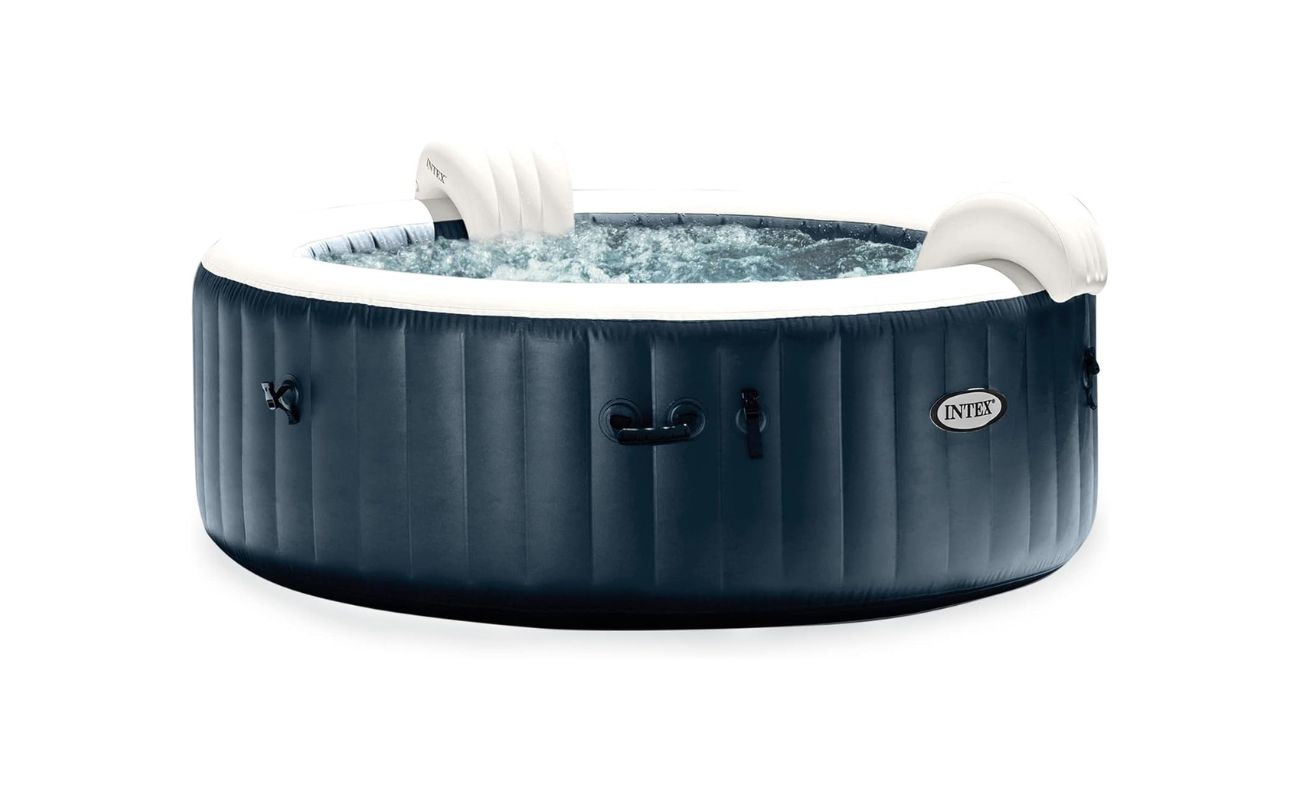
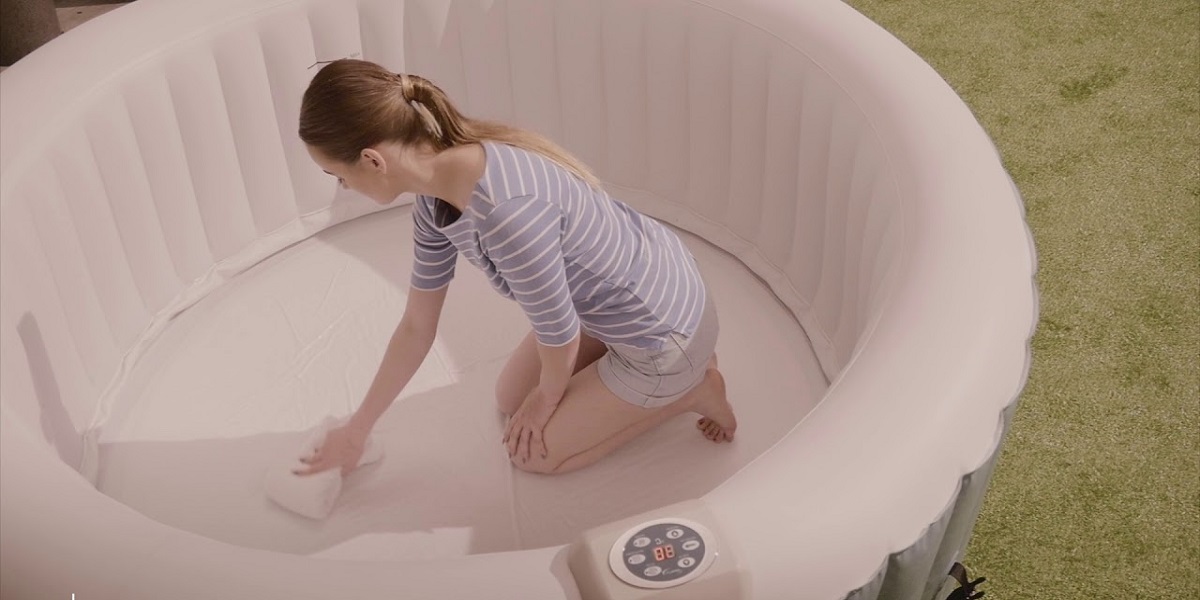
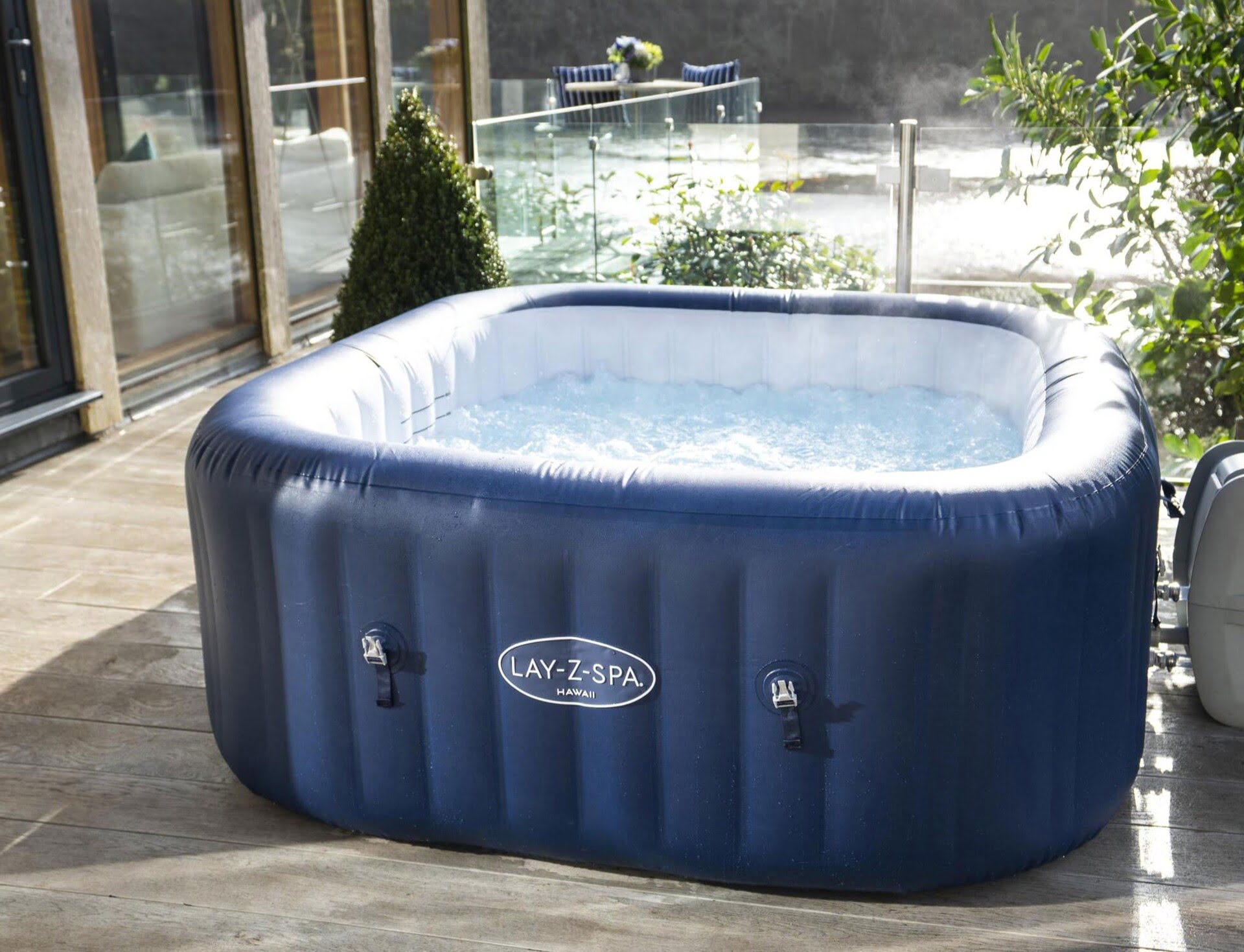
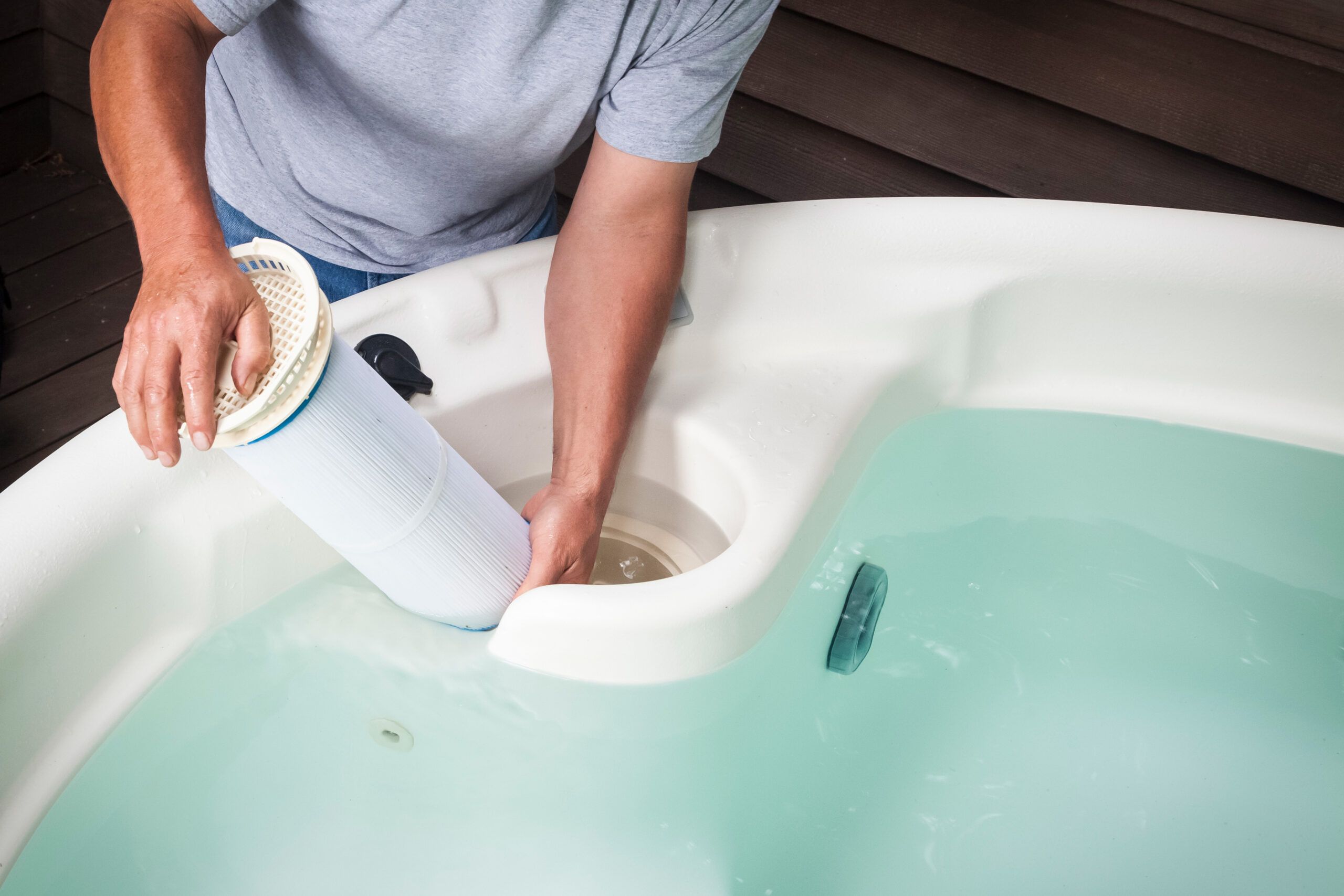


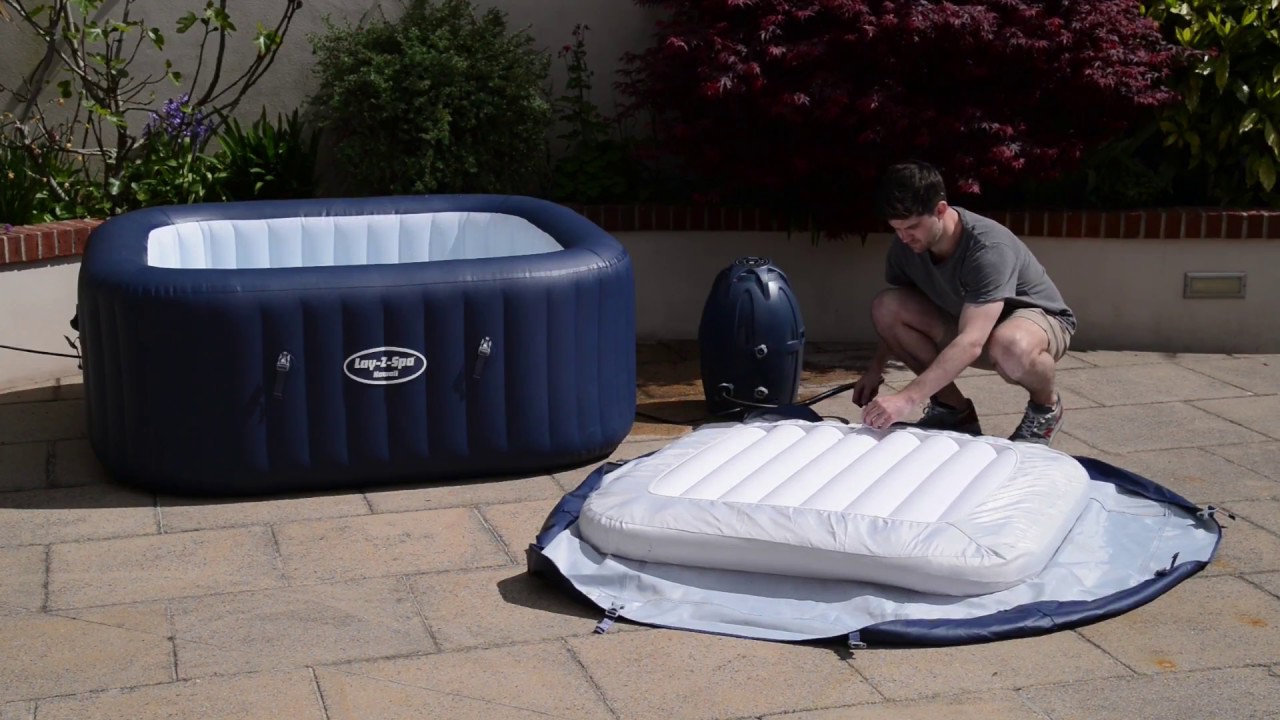
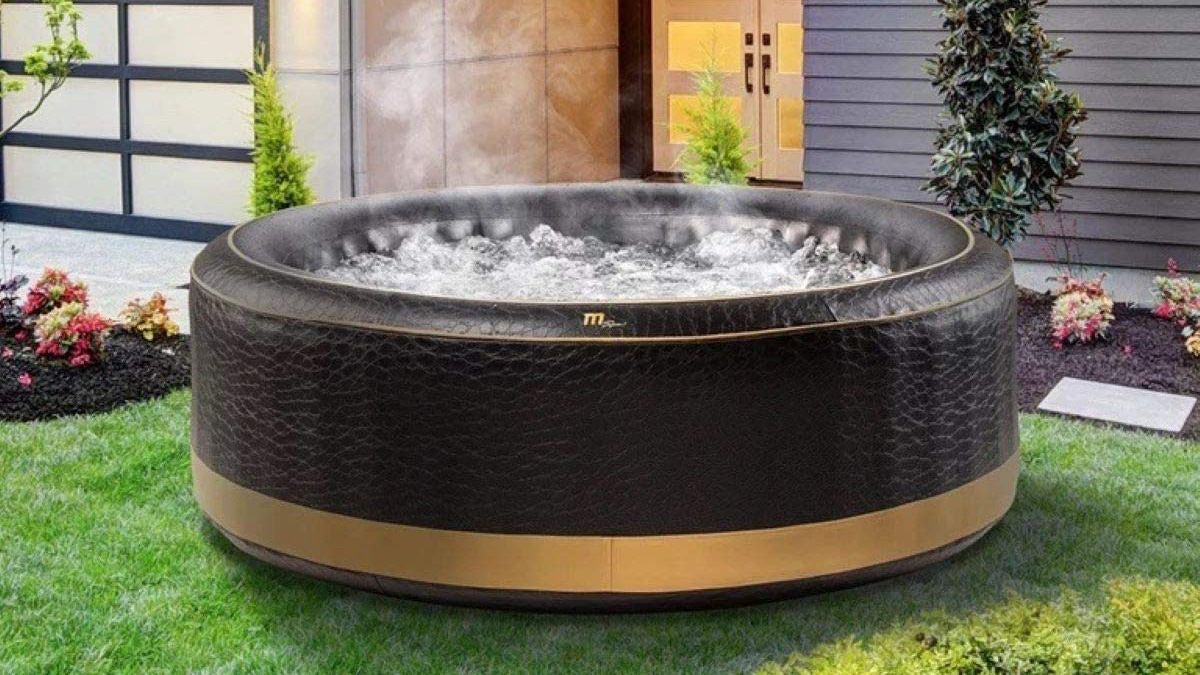
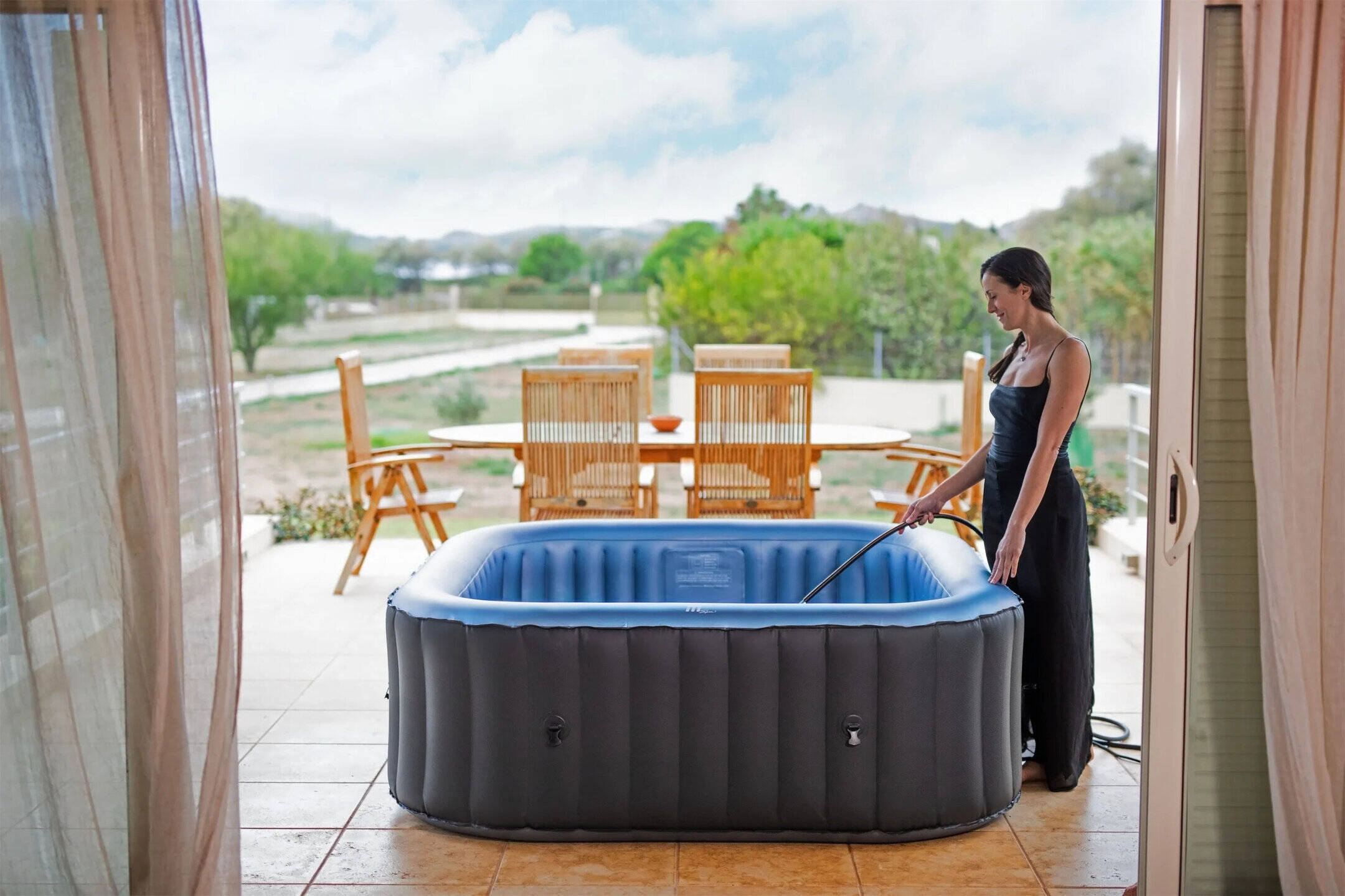

0 thoughts on “How To Find A Hole In An Inflatable Hot Tub”